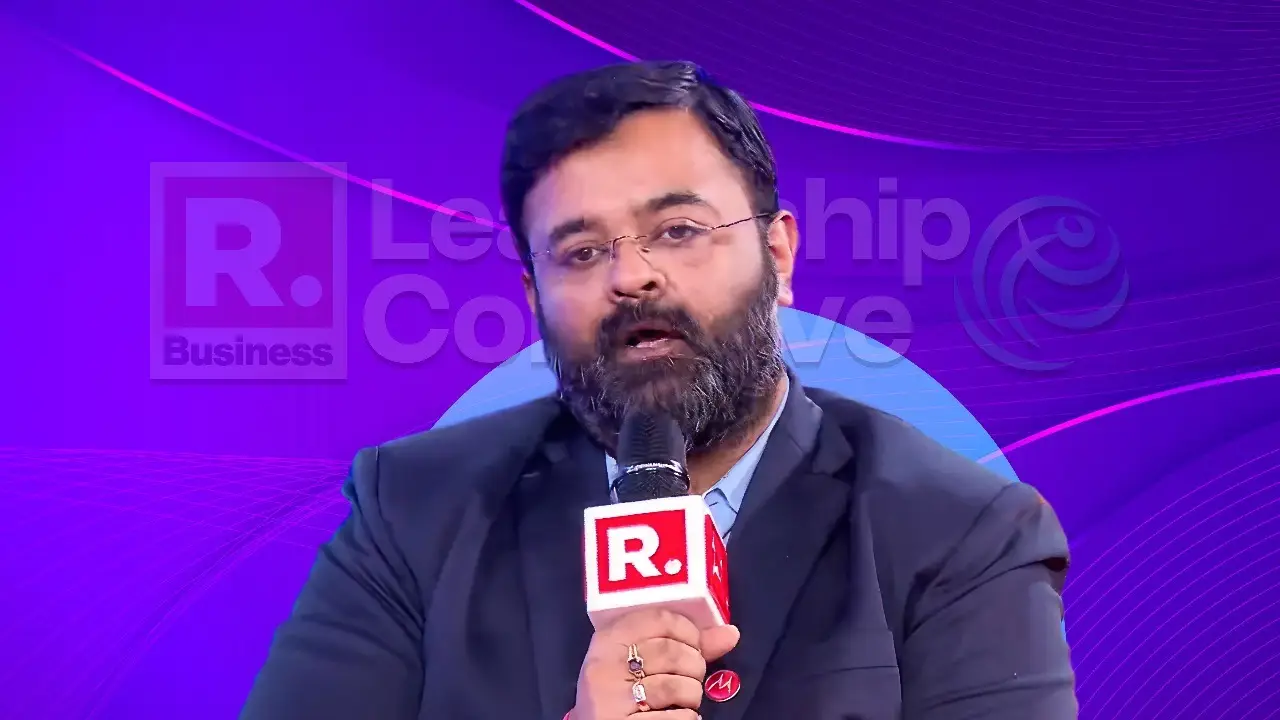By Priya Pathak
Copyright republicworld

At Republic Business Conclave, Shivam Ranjan, Global Brand Head at Motorola, spoke about how the 96-year-old company is reshaping itself to compete in today’s smartphone market. Once the global leader in mobile phones, Motorola had slipped from the spotlight. Now, Ranjan said, the brand is focused on innovation, design, and AI to fuel a rare comeback.Three pillars of revivalMotorola’s business strategy now rests on three pillars, according to Ranjan. These are: 1. Design as a differentiator – Instead of chasing specs alone, Motorola is leaning heavily on design to stand out. The company has partnered with Pantone to bring trend-driven colours into its phones and is experimenting with materials like vegan leather and Alcantara, usually associated with luxury cars. 2. Premium features at value pricing – India, Ranjan said, has some of the most demanding smartphone buyers in the world. Consumers compare specs closely and want more value for money. Motorola’s positioning is to deliver high-end experiences — sharp displays, strong cameras, clean software — at prices that undercut premium rivals. 3. AI as the next big disruption – With hardware improvements reaching a saturation point, Motorola is betting on software intelligence. Beyond its in-house Moto AI, it has integrated Google Gemini, Microsoft Copilot, and Perplexity AI into its devices, making it the only brand currently offering four AI options on a smartphone.India at the centreRanjan emphasized that India is not just a market but also a key production hub. Nearly 100% of Motorola smartphones sold in India are made in India, and many are exported to other countries. India’s scale — over 150 million smartphone sales annually — makes it a critical testbed for the company’s global strategy.A rare comeback storyThe smartphone business has seen many once-iconic brands vanish. Motorola, Ranjan admitted, also lost ground during its transition years. But he argued that its revival is proof of how the brand has adapted to a new era. “This industry is brutal — very few names have staged a comeback. For us, it has been about listening to consumers, innovating differently, and building relevance again,” he said.As Motorola eyes the top three position in India with an 8% market share, the company is betting that its mix of bold design, strong value play, and AI-first approach will keep it relevant in a crowded market. Read More – How Motorola Carried Man’s First Words from the Moon – Shivam Ranjan



